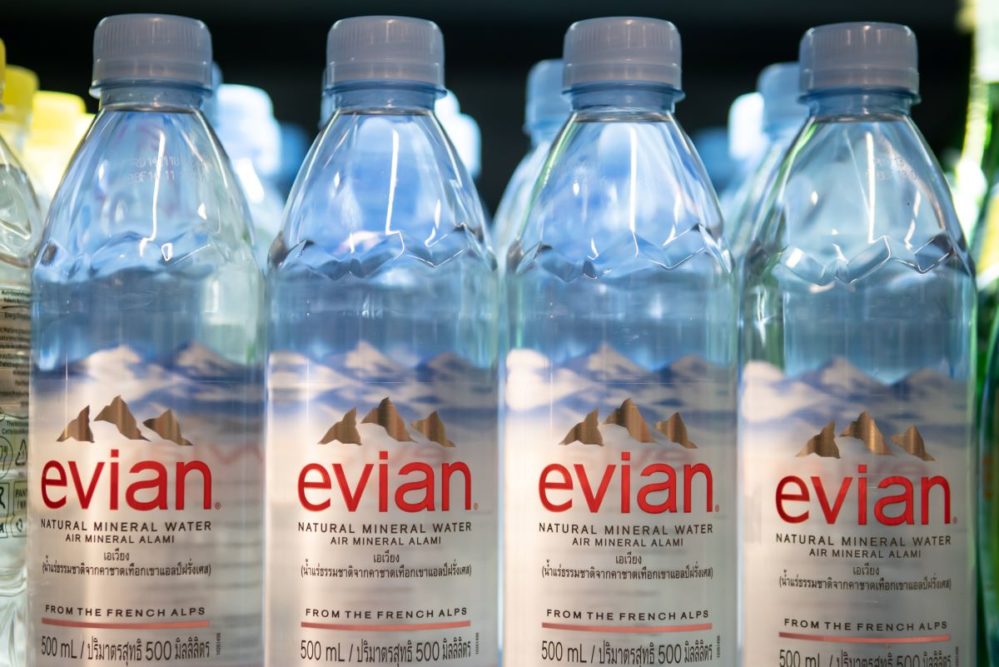PARIS — A new company strategy for Danone SA will focus on four pillars as the company seeks like-for-like sales growth of 3% to 5%. The strategy comes after a review recognized Danone underperformed compared to its markets.
“Over the last few years, between '17 and '19, our categories have been growing between 3% and 4%,” said Antoine de Saint-Affrique, chief executive officer of Paris-based Danone, in a March 8 capital market event. “Against that backdrop, we were growing on average during the same period at 2.7%. Last time we were growing above 3% was in '14. We have structurally underperformed our markets, losing our shares to competition, allowing new entrants to establish and build position across categories and geographies. So the issue is not just our level of growth, but it's also the composition of our growth.”
The four pillars are: restoration of Danone’s competitiveness in core categories and geographies; selective expansion of Danone’s presence in segments, channels and geographies; seeding for future growth avenues; and portfolio rotation.
“More than half of our revenues are generated in core platforms that are fundamentally healthy businesses and that operate in growing categories,” Mr. de Saint Affrique said. “Roughly one-quarter of our revenues are generated in challenged and underperforming platforms, which need to be addressed, and finally, about 20% of revenues are generated in areas that are growing fast and where Danone has a structural competitive advantage.”
Mr. de Saint Affrique gave potential future expansion in the plant-based category in China as an example of the second pillar. Danone also plans to expand water distribution into the out-of-home market, thus lessening dependency on retail.
“When we think about seeding for the future, we will do this properly, and we will do this in a systematic way, exploring, testing, scaling, and we want to go at it from various angles,” Mr. de Saint-Affrique said of the third pillar. “Starting with leveraging the JV and partnerships we have, for some since decades without really making the most out of them, then refocusing our venture funds on what we believe is key for tomorrow.”
Danone plans to step up partnerships with universities and suppliers, he said.
Danone expects portfolio rotation to reach about 10% of net sales.
“We will actively manage our portfolio through a mix of selected disposal and bolt-on acquisitions,” Mr. de Saint-Affrique said.
In another change, Danone will give financial results for four geographic zones: Europe; North America comprised of the United States and Canada; China, North Asia and Oceania comprised of China, Japan, Australia and New Zealand; and rest of the world comprised of Southeast Asia, Latin America, the Commonwealth of Independent States (CIS), Africa, Turkey and the Middle East. In fiscal year 2021, Europe had the most sales at €8.34 billion ($9.08 billion), followed by rest of the world at €7.37 billion, North America at €5.56 billion, and China, North Asia and Oceania at €3.01 billion.
Previously Danone had two geographical areas with Europe and North America being one and rest of the world the other.
The review confirmed that Danone operates in healthy, on-trend and growing categories, that it benefits from a strong portfolio of brands both globally and locally, and that it benefits from a balanced geographical exposure to developed and emerging markets. The review also recognized Danone’s historic underperformance compared to its markets, which was attributed to a lack of focus on its core portfolio, late and sub-scale innovation efforts, inconsistent execution, and low investment from one year to another.
“In this regard, I'm very happy that we are aiming for predictability, for boring consistency and openness on what works or not,” Mr. de Saint-Affrique said of inconsistent execution. “I want Danone to deliver consistently over time. I see this as a condition to restore your trust, to restore Danone's sparkle and ultimately, to restore the value of the company.”
The current year will be a foundational year, according to Danone, which expects price-led, like-for-like sales growth between 3% and 5% and a recurring operating margin above 12%. Danone in 2022 expects higher productivity when compared to 2021. Input cost inflation percentagewise should be in the low to mid-teens.
Danone expects 2023 and 2024 to be years of ambition and profitable growth. Like-for-like sales growth again should be between 3% and 5% with recurring operating income growing faster than like-for-like net sales.




